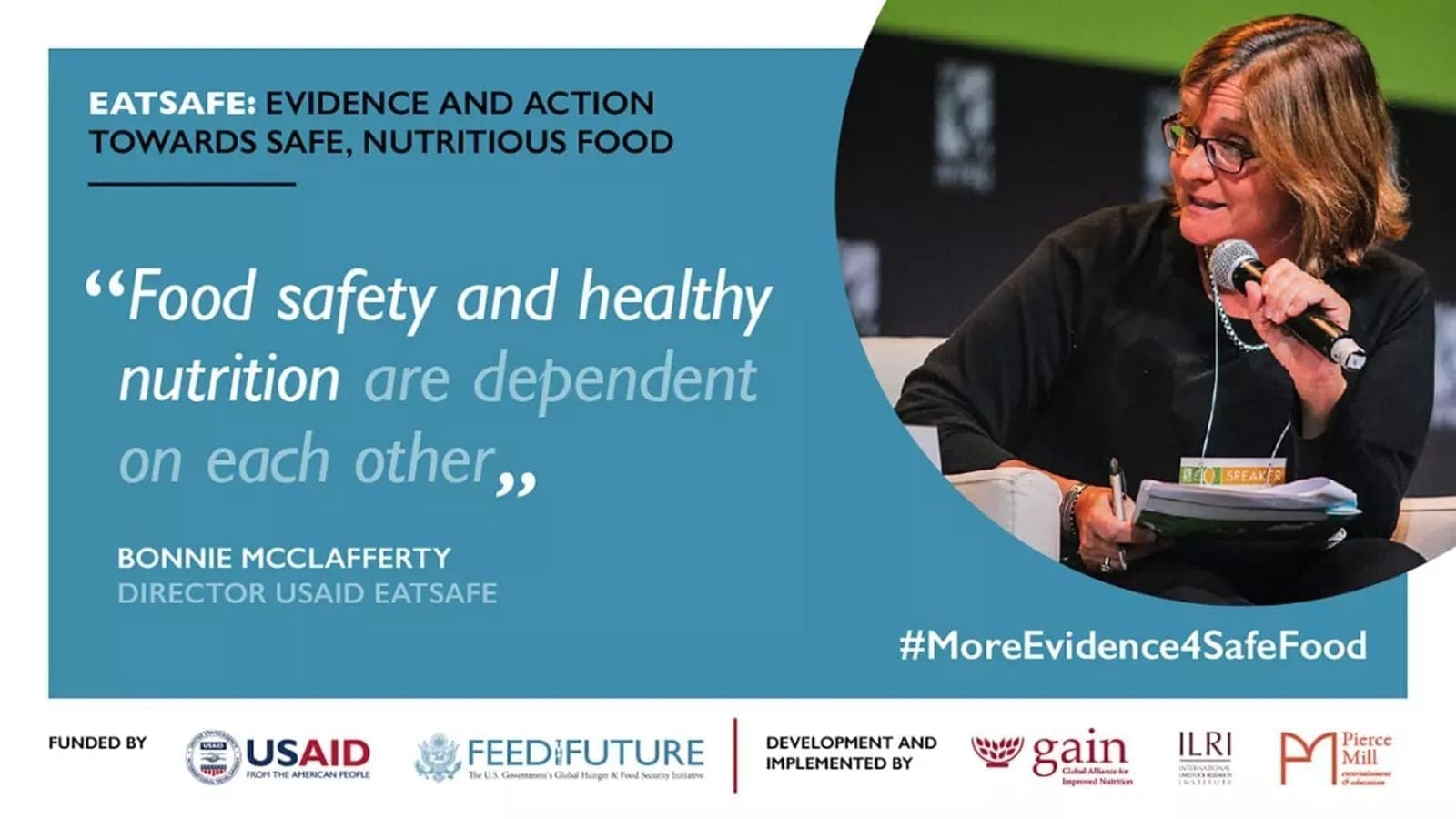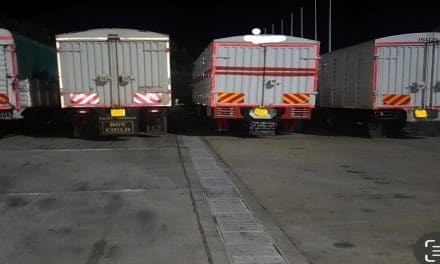AFRICA – The world cannot over emphasis on the importance of ensuring the adoption of food safety practices and technologies in the entire agriculture and food value chain.
This year, the globe has turned its focus on ‘Safe food today for a healthy tomorrow’, as the theme of the World Food Safety Day 2021, stressing that production and consumption of safe food has immediate and long-term benefits for people, the planet and the economy.
However, according to a flagship dialogue hosted by EatSafe, developing countries have not yet made gainful strides in ensuring provision of safe and nutritious food in traditional markets.
EatSafe is a five-year research and learning program sponsored by USAID and led by the Global Alliance for Improved Nutrition (GAIN).
While pondering on the intricate issue, the panellist highlighted that not enough is being done to understand the issues around food safety in the developing countries.
As a point of caution, Bonnie McClafferty, Director EatSafe, said, “The human and financial costs of poor food safety are appalling yet it is being widely ignored.”
In 2015, the WHO reported that over 400,000 people died annually from foodborne diseases. In 2018, the World Bank estimated that food safety costs US$110bn a year in lost productivity through illness and health costs, with sub-Sahara Africa affected the most.
“Without food safety, there is no food security.”
Mohamed Nasser – Regional Advisor Food Safety and Quality Assurance
But more reliable and current data is required to understand consumer values and perceptions as well as the impact of poor food safety.
To this end, Bonnie made a pressing appeal saying, “We need to take action now to achieve better health outcomes for the 600 million people who each year get sick from unsafe food.”
This can be done through building a solid understanding of consumer values and perceptions to foster a vendor- and consumer-led change.
In parallel, there is a need to implement food safety governance and surveillance where often there is none at all while developing the capacity and infrastructure for change.
Weighing in on the matter, Mohamed Nasser, Regional Advisor Food Safety and Quality Assurance stated, “Without food safety, there is no food security.”
The other panellists: World Food Programme, Dakar/Senegal; Prof. Olugbenga Ben Ogunmoyela, Executive Director, Consumer Advocacy for Food Safety and Nutrition Initiative (CAFSANI); and Priya Prakash, Founder & CEO of HealthSetGo and Youth Champion for Act4Food Act4Change, advocated for the rebuilding of traditional markets and ensure policies embrace them, by upgrading facilities.
Further to that, the traditional markets need to be empowered to use technology to connect with consumers, seeing it is becoming the preferred mode of commerce for the youth.
COVID-19 sets off adoption of proper food safety practices
Despite the developing countries seeming to be warming up to the food safety agenda, the dialogue noted that the COVID-19 pandemic has promoted new food hygiene practices that can have a positive impact on food safety in traditional markets.
In parallel to EatSafe’s core mission of engaging consumers to demand food safety, the program recently expanded efforts to include gathering key data from traditional markets to understand how they have been impacted by COVID-19 through GAIN’s Keeping Food Markets Working program.
“EatSafe is interested in what is needed to ensure the availability of affordable, safe, nutritious food during the COVID-19 pandemic,” highlighted the program.
As part of the research, data was collected from traditional food markets in Nigeria, Kenya, Tanzania, Ethiopia and Bangladesh bi-weekly during the last quarter 2020.
Interviews and focus groups are continuing throughout 2021 to learn how consumer behaviour has changed and how resilient the traditional market supply chains are.
The most reported business challenges in the traditional markets were decreased sales and significantly fewer customers, suggesting that movement restrictions and consumer risk avoidance were a major source of difficulty.
“We can build on the fact that safety measures are now a reality in people’s lives. With better surveillance and education regarding food safety measures, consumers getting their foods from traditional markets can help create an enabling environment to start closing the system’s gaps and upgrading markets to support the safety of foods,” Bonnie McClafferty said.
EatSafe’s research shows that there is a lot more to do. To this end the program is calling on governments and donor groups to provide resources and further research so that evidence-based decisions about food safety measures can be taken to strengthen traditional markets, to ensure safer foods.








